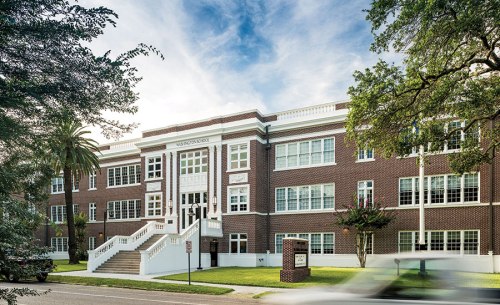Standardized Teaching? (Part 2)

In Part 1, I made the point that the structure of the age-graded school, introduced in the U.S. in mid-19th century, has become the taken-for-granted way for organizing schools ever since. One-room schoolhouses, the heretofore dominant way of structuring schools, went the way of the dodo bird. A century ago there were nearly 200,000 one-room schoolhouses, now less than 200 existin the U.S. today.
Originally, the age-graded school building contained classrooms for grades 1 through 8. Over the decades, 1-8 expanded to pre-K through grade 12. To accommodate larger number of schools and students, architects designed one- and two-story elementary school buildings spread out over nearly an acre and secondary school buildings with multiple floors and corridors on each floor off which classrooms and offices were located. This model became standard. And within the building resided the standardized classroom.



Each classroom contained an American flag, a wall clock, paintings or photos of U.S. Presidents, desks and seats–initially bolted to the floor but now movable–arranged in rows facing the teacher’s desk or, in elementary schools, round tables sitting pairs and trios of students. Going into current elementary and secondary school classrooms in Bangor (ME) Butte (MT) or Bakersfield (CA) becomes a deja vu experience for many who do not know of the many changes that have occurred in the design, furniture, and arrangements that teachers have Continue reading: Standardized Teaching? (Part 2) | Larry Cuban on School Reform and Classroom Practice

NPE Action - Political Endorsements - https://npeaction.org/ on @NPEaction

